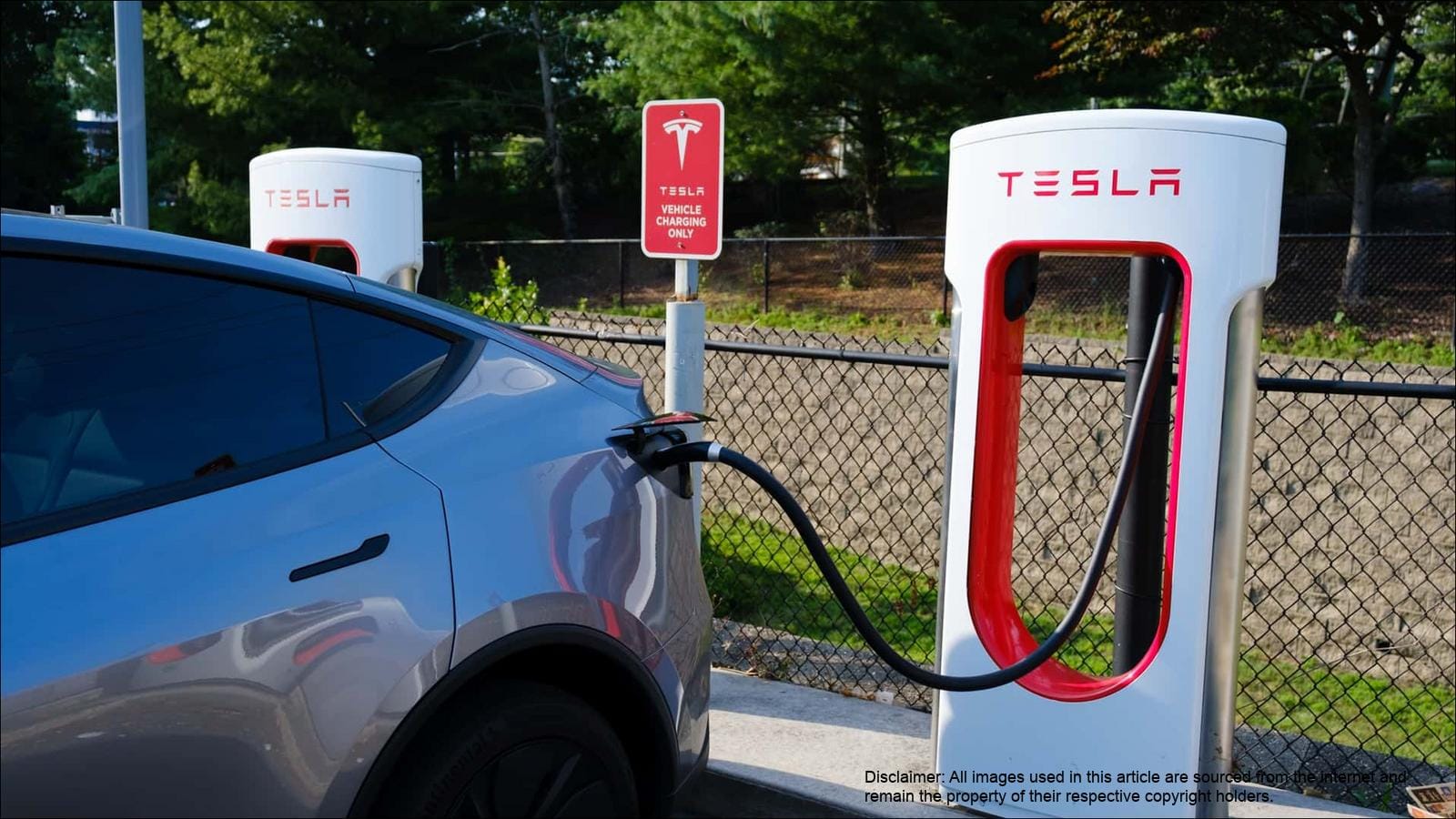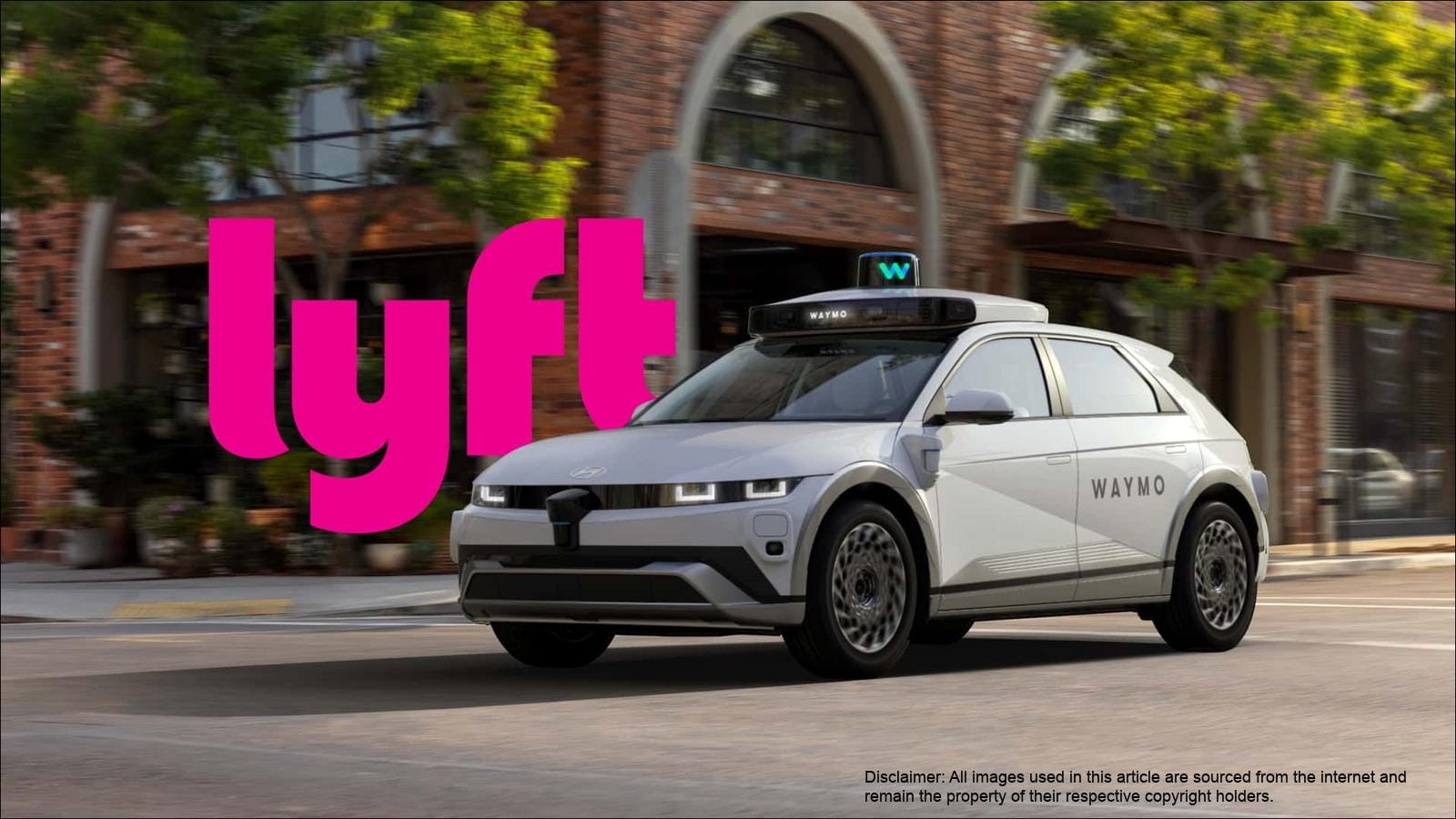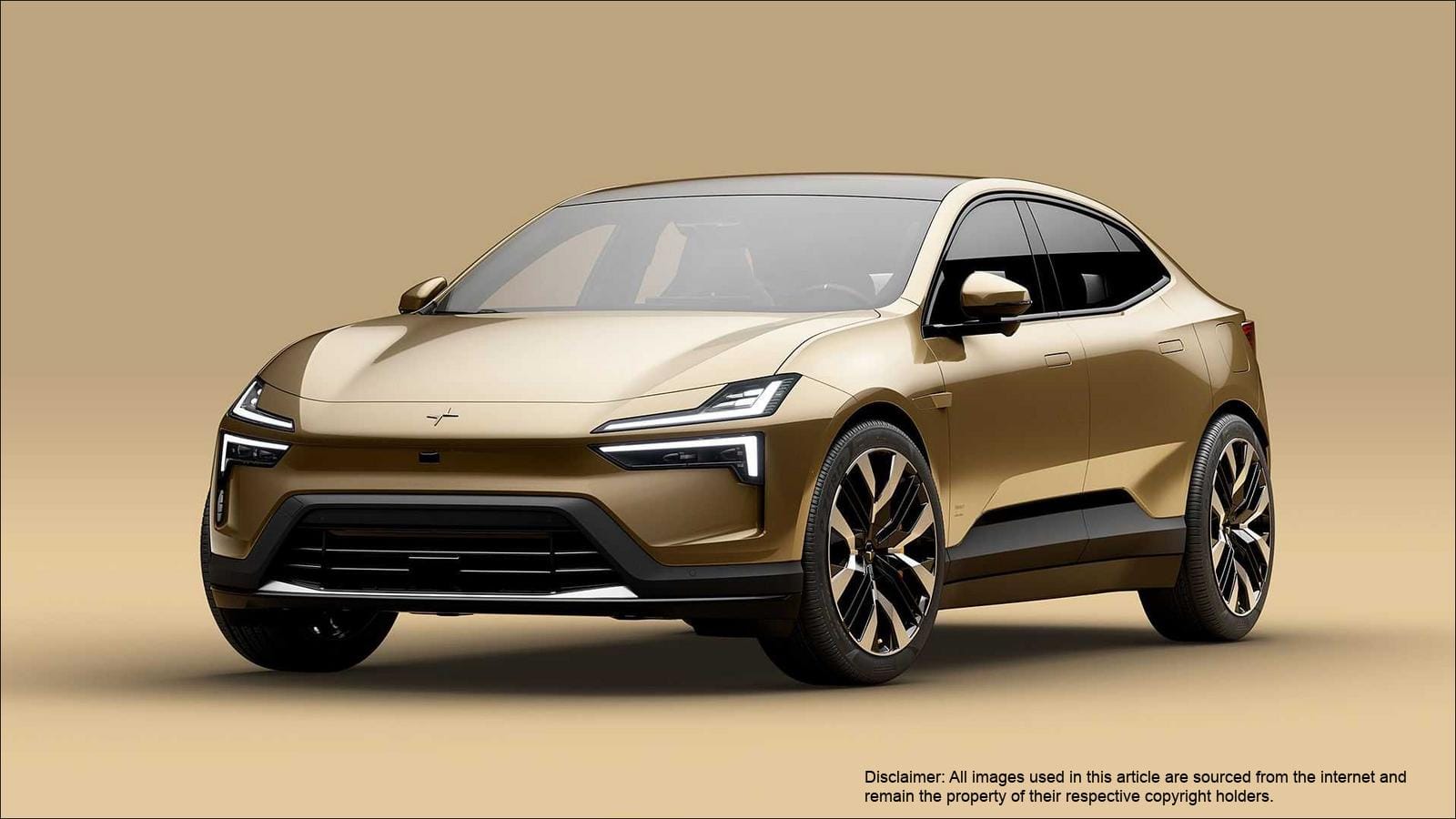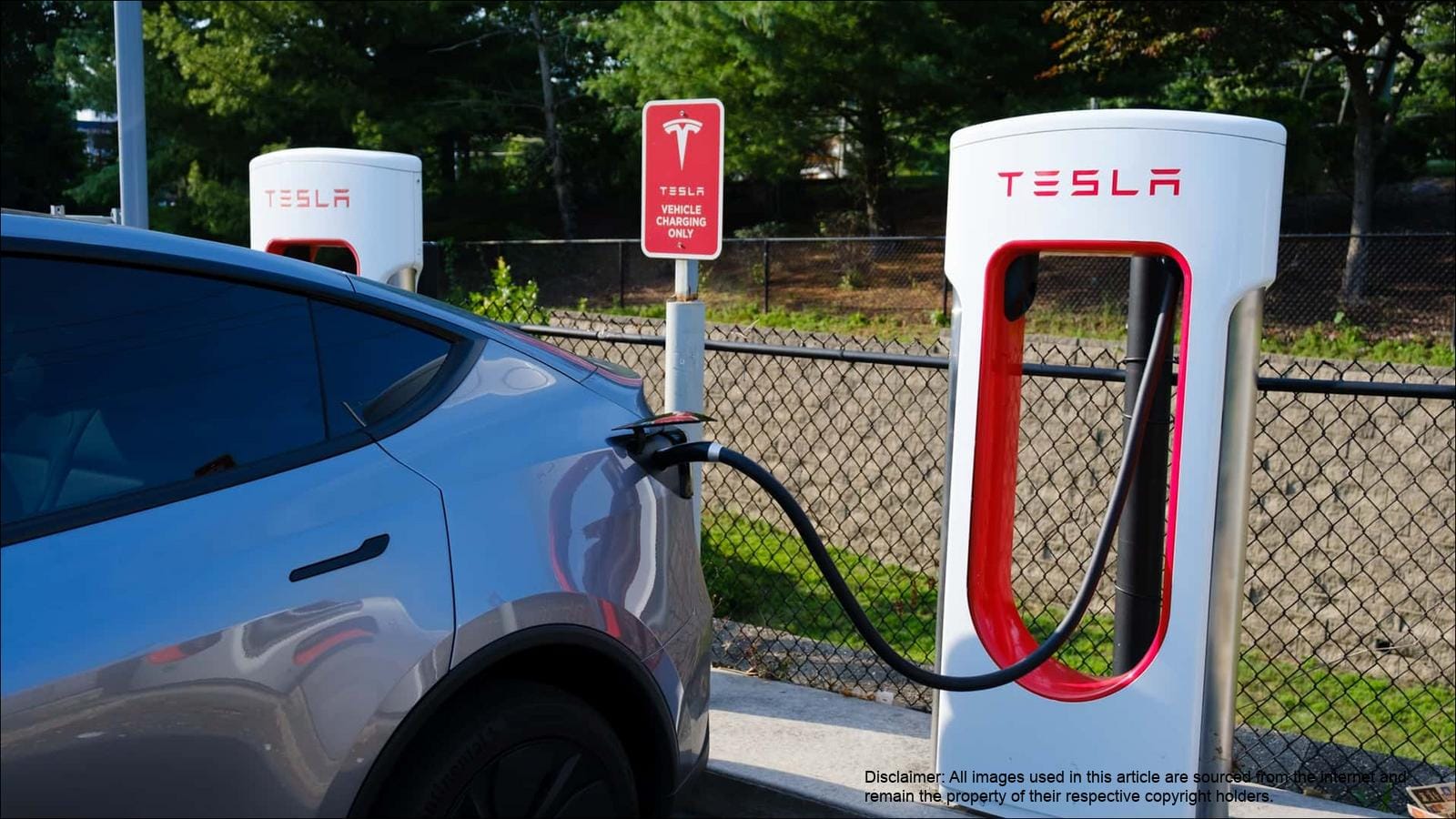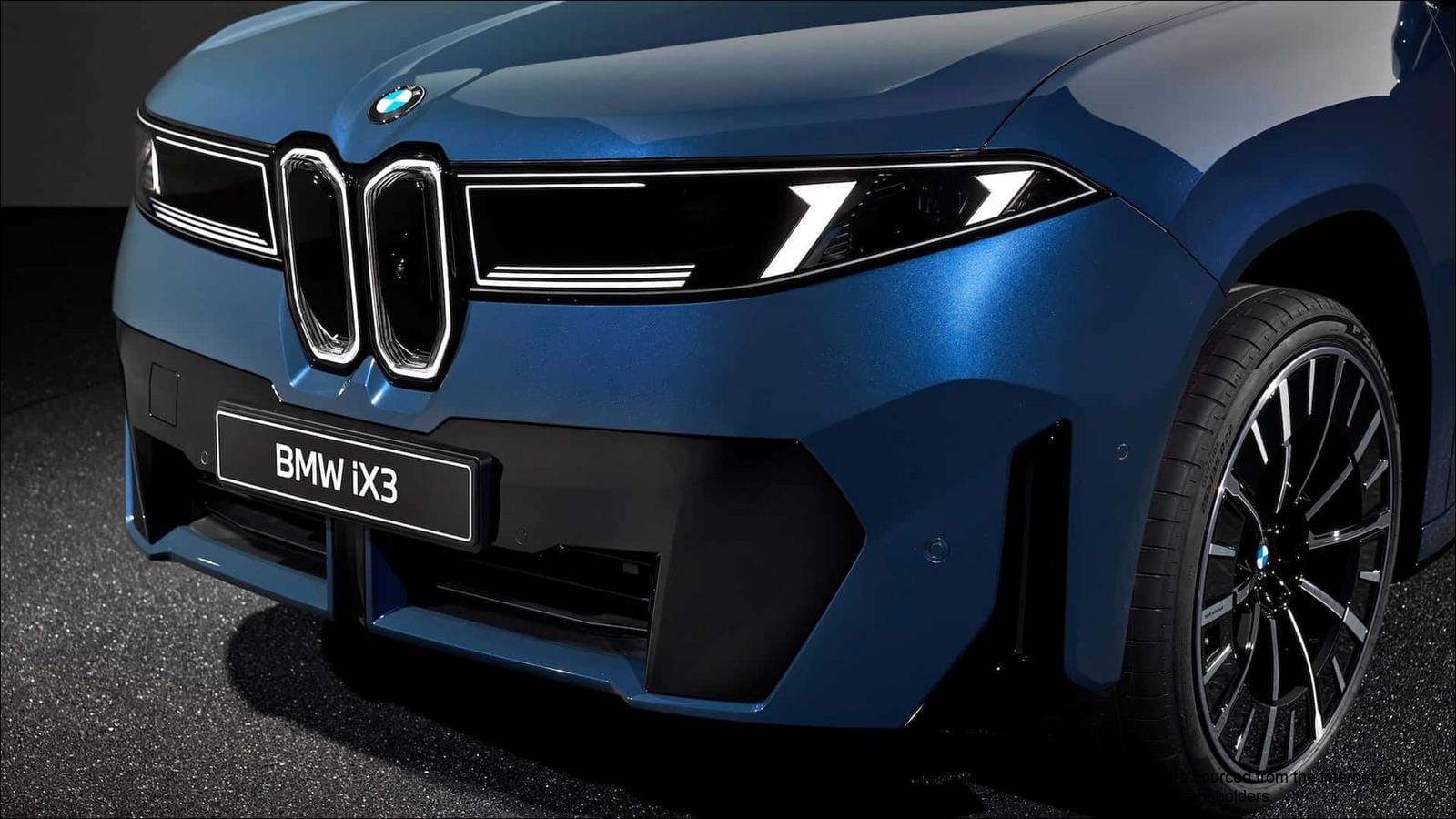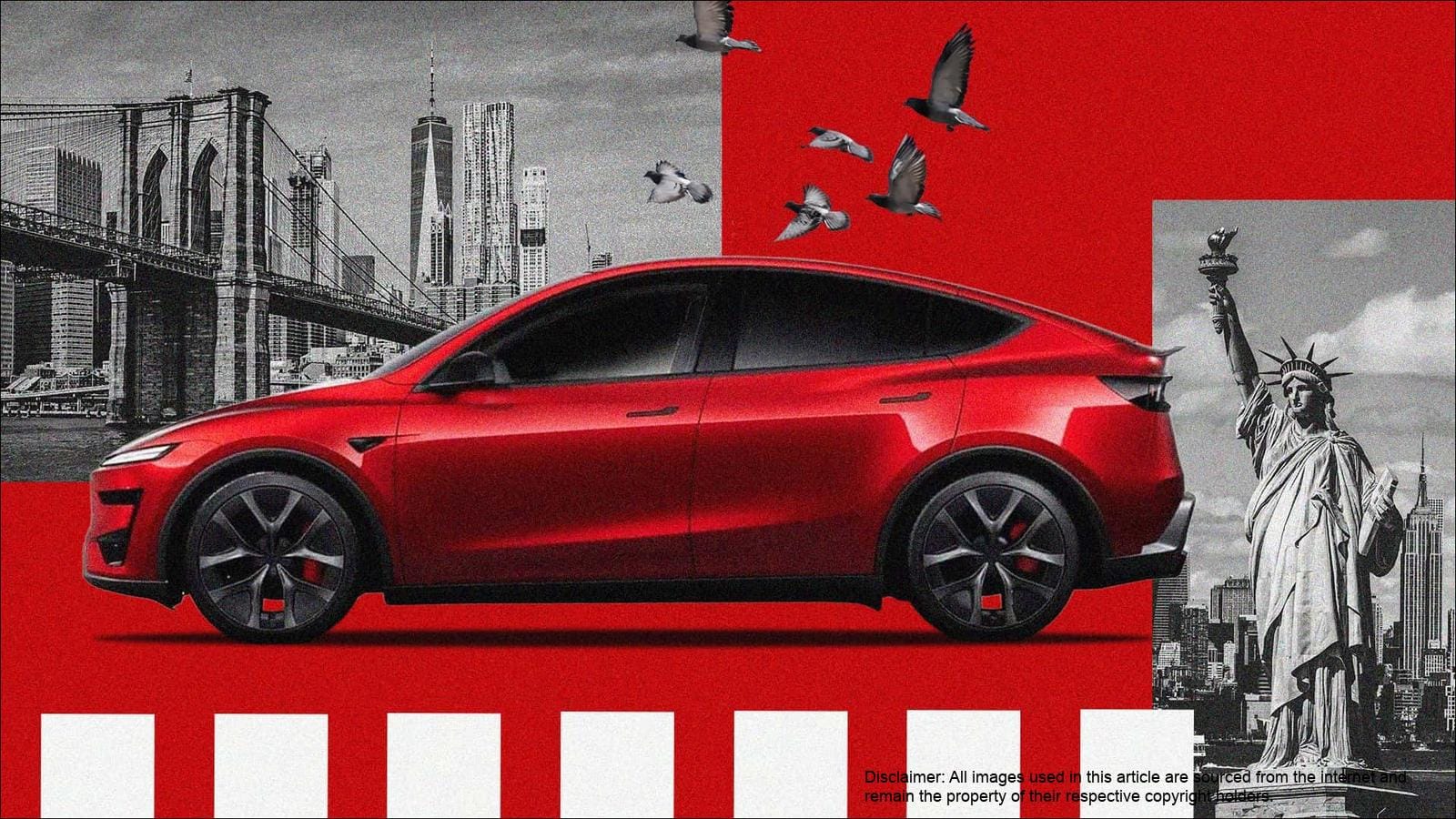The Looming End of EV Tax Credits: What You Need to Know
The Senate’s passage of President Trump’s “Big Beautiful Bill” (BBB) has sent ripples of concern throughout the American EV industry. A key provision within this bill aims to eliminate the **EV tax credit**, potentially as early as September 30. This move could significantly impact electric vehicle incentives designed to encourage both infrastructure development and consumer adoption of EVs. The original plan to phase out the tax credit within 180 days has been accelerated, creating a sense of urgency among buyers and manufacturers alike.
The potential loss of the $7,500 new EV tax credit and the $4,000 used EV tax credit could drastically alter the affordability landscape for electric vehicles. Many upcoming EV models, such as the Slate pickup with its $20,000 base price contingent on the tax credit, along with American-made cars like the Rivian R2 and Chevy Equinox EV, heavily rely on these incentives to attract buyers. The National Automobile Dealers Association (NADA) has voiced concerns, highlighting the significant EV inventory on dealer lots and urging Congress to consider a reasonable transition period.
| Tax Credit Type | Original Plan | New Proposed Deadline | Potential Impact |
|---|
| New EV Tax Credit | Phase out within 180 days of bill passage | September 30 | Reduced affordability, potential sales decline |
| Used EV Tax Credit | Phase out within 180 days of bill passage | September 30 | Decreased incentive for used EV purchases |
It’s important to note that the September 30 deadline is not yet set in stone. The House of Representatives must still resolve its version of the bill, and President Trump needs to sign it into law. However, if you’re considering purchasing an EV, it may be wise to act sooner rather than later to take advantage of the existing **electric vehicle incentives**.








